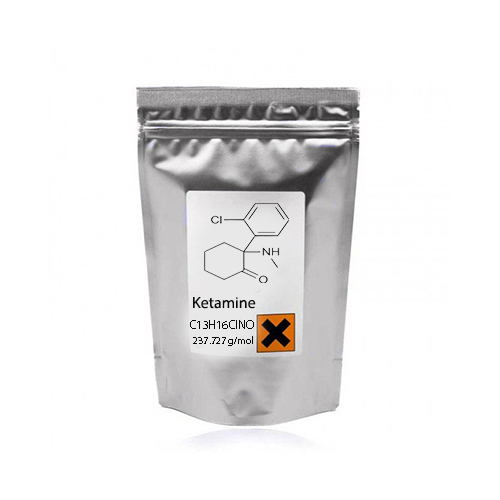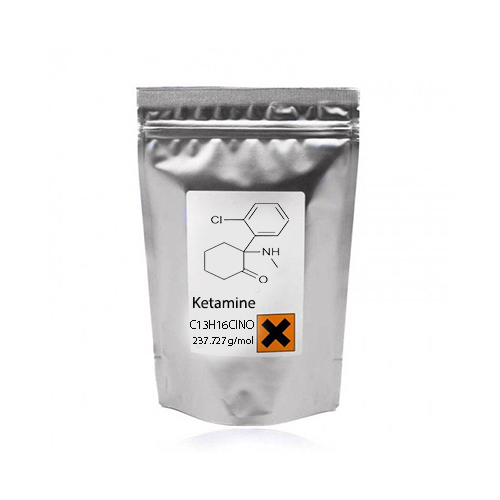Ketamine: Medical Uses, Effects, and Pharmacology
Medical Applications
Ketamine is a well-established anesthetic and analgesic, widely used in both human and veterinary medicine. Key clinical benefits include:
- Trauma & Emergency Care: Preferred for patients at risk of hypotension (low blood pressure), particularly in cases of severe injury or shock.
- Surgical Adjunct: Low doses can reduce postoperative opioid requirements, minimizing nausea and vomiting.
- Mental Health Research: Emerging studies explore its potential for treatment-resistant depression and PTSD.
Pharmacology & History
- Developed in 1963 as a safer alternative to PCP (phencyclidine).
- Approved for medical use in 1969 under the brand name Ketalar.
- Functions as an NMDA receptor antagonist, producing dissociative and analgesic effects.
Effects & Dosage Considerations
Ketamine’s psychoactive properties vary significantly by dose:
- Low Doses (10–30 mg insufflated / 0.1–0.5 mg/kg IV):
- Mild euphoria, relaxation, and sensory enhancement
- Comparable to alcohol’s disinhibiting effects
- Moderate Doses (50–100 mg / 0.5–1 mg/kg IV):
- Hallucinations, perceptual distortions, and dissociation
- Altered sense of time and body awareness
- High Doses (>1 mg/kg IV):
- Profound dissociation (“k-hole”)
- Out-of-body or near-death experiences
Safety & Risks
- Medical Use: Generally safe under clinical supervision.
- Recreational Use: Risks include bladder toxicity (with chronic use), accidents due to motor impairment, and psychological distress.
- Harm Reduction: Always test substances for purity, avoid mixing with depressants (e.g., alcohol), and use in a safe environment.
Legal Status
- Prescription-Only in most countries for anesthesia.
- Illicit Use: Classified as a controlled substance in many regions due to recreational misuse.





Reviews
There are no reviews yet.